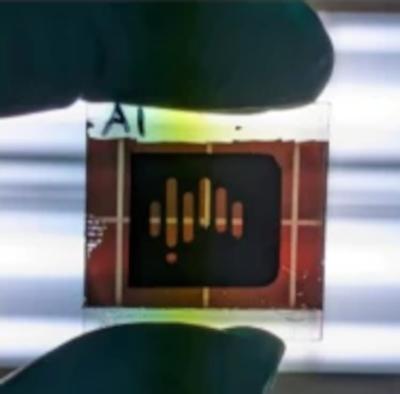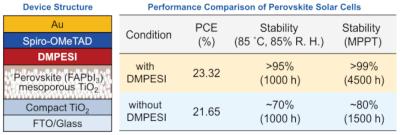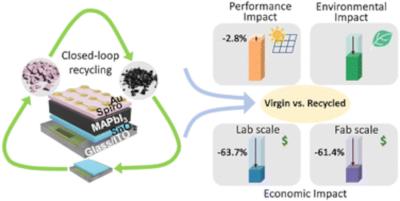Swift Solar announces $27 million Series A funding round
Swift Solar has announced the close of its $27 million Series A financing round. The round was co-led by Eni Next and Fontinalis Partners. Also joining the round are new and existing investors including Stanford University, Good Growth Capital, BlueScopeX, HL Ventures, Toba Capital, Sid Sijbrandij, James Fickel, Adam Winkel, Fred Ehrsam, Jonathan Lin, and Climate Capital.
In total, Swift Solar has raised $44 million for its mission to transform the solar energy landscape with perovskite tandem solar products. Proceeds from this round will accelerate Swift Solar’s scaling of efficient and stable tandem technology as the Company prepares to break ground on its first factory. Swift Solar also plans to build a factory in the U.S. in the next two to three years to manufacture thin-film solar.






